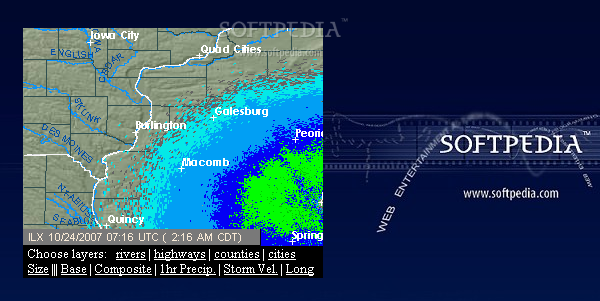

The received frequency is higher (compared to the emitted frequency) during the approach, it is identical at the instant of passing by, and it is lower during the recession. It is commonly heard when a vehicle sounding a siren approaches, passes and recedes from an observer. The Doppler effect (or Doppler shift), named after Austrian physicist Christian Doppler who proposed it in 1842, is the difference between the observed frequency and the emitted frequency of a wave for an observer moving relative to the source of the waves. This is only a component of the real speed (170 km/h). The term applies to radar systems in many domains like aviation, police radar detectors, navigation, meteorology, etc.Ĭoncept Doppler effect The emitted signal toward the car is reflected back with a variation of frequency that depend on the speed away/toward the radar (160 km/h). This variation gives direct and highly accurate measurements of the radial component of a target's velocity relative to the radar. It does this by bouncing a microwave signal off a desired target and analyzing how the object's motion has altered the frequency of the returned signal. Army soldier using a radar gun, an application of Doppler radar, to catch speeding violators.Ī Doppler radar is a specialized radar that uses the Doppler effect to produce velocity data about objects at a distance.

For applications in meteorology, see Doppler weather radar.


 0 kommentar(er)
0 kommentar(er)
